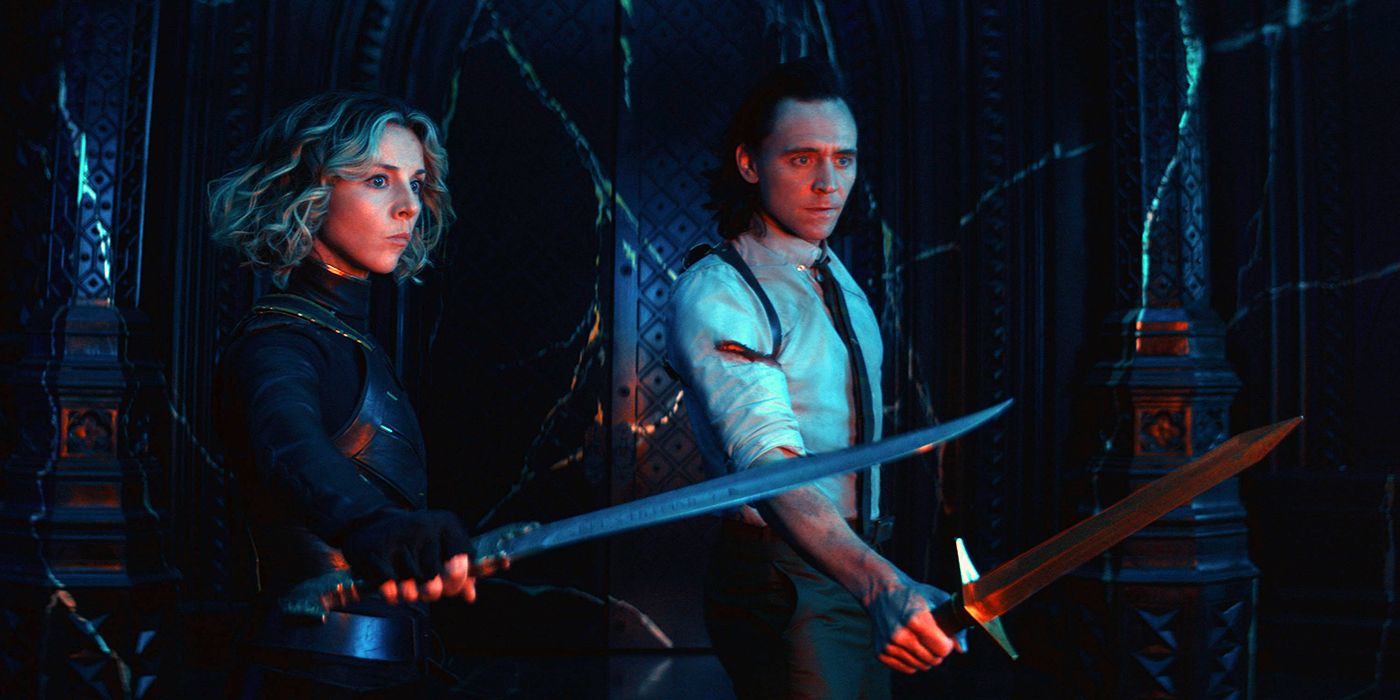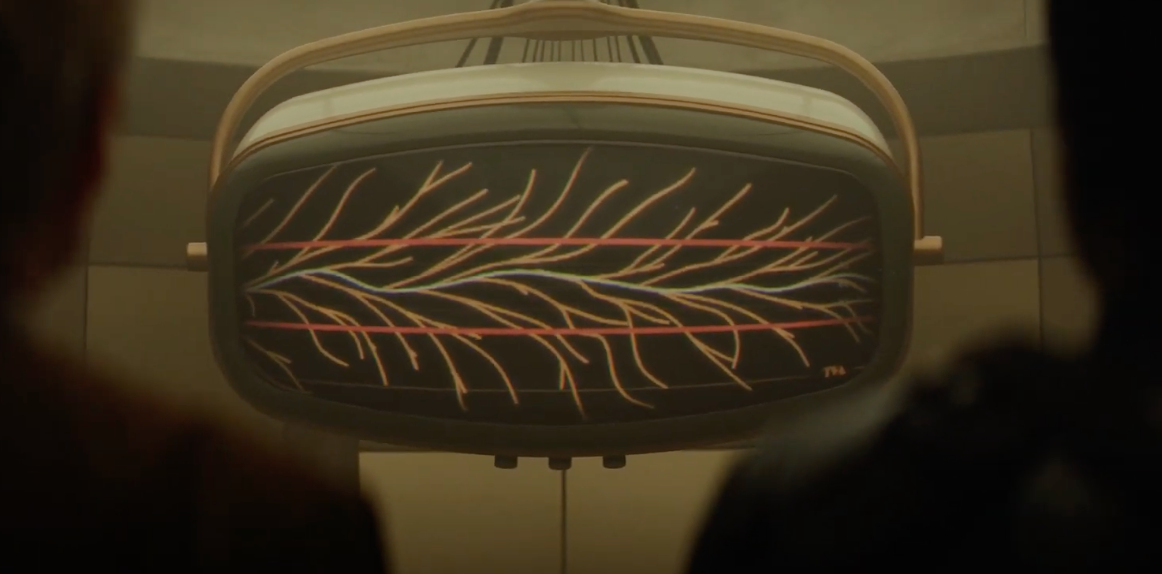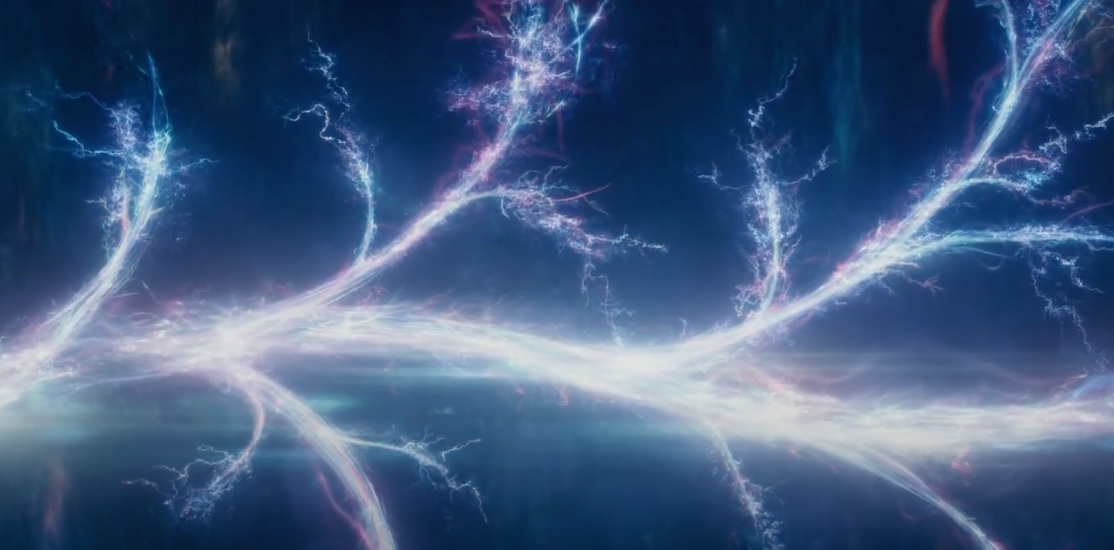WARNING: The following contains spoilers for Loki Episode 6, "For All Time. Always," streaming now on Disney+.
The season finale to Loki left the door so wide open that it's probably more accurate to say it blew infinite doors right off their hinges. With the expansion of the multiverse and the looming threat of Kang the Conqueror (Jonathan Majors), fans of the Marvel Cinematic Universe scramble to anticipate what characters and storylines may crop up in the future, and in so doing are missing a startling detail about the structure of the multiverse itself.
Throughout Loki, there has been considerable attention given to divergences from the timeline. What the finale proved is that there can be convergences as well.
Though it was Avengers: Endgame that first explored the possibility of divergent timelines in the MCU, the implications were never fully explored until Loki introduced the Time Variance Authority and their mission to prune such divergences. Arriving at the site of what are termed "Nexus Events," the TVA erased all variances they could find in order to maintain balance in the cosmos, but Loki's finale blew that whole structure apart when Sylvie (Sophia Di Martino) killed He Who Remains and removed the careful guiding hand to the multiverse.
At the end of the episode, there were brief shots of the monitors the TVA used to observe variant timelines so they could keep them from going into the red, described as a point of no return where timelines irreparably endanger reality. To hammer home the danger now facing the MCU, the monitors in the finale show several branches reaching past those red lines, but what's even more startling is that some of the branches curve off and interrupt each other, intersect and even wind back around into themselves.
Clearly, the timeline is no longer as simple as a main path and divergences that branch off, but instead a monstrous organic beast undergoing dozens of births, rebirths and deaths at any given moment. Exploring the possibilities of what these convergences even mean offers mindboggling possibilities. There could well be timelines correcting themselves, or briefly traveling through other realities during crossover-style events, or perhaps most forebodingly enacting a total war to erase their competition.
Kang the Conqueror is the villain the finale most directly builds up, with Loki (Tom Hiddleston) himself arriving at the headquarters of the TVA to find a statue in the likeness of He Who Remains. The convergences could be insights into Kang's campaign against surrounding timelines as he expands tyranny across the multiverse, but it could also just be a cosmological effect of such a severe imbalance imposed on the timeline. After all, He Who Remains warned against the threat to the fabric of reality this kind of behavior could create. Some timelines may be experiencing the worst of those effects already.
Little is known about the nature of the multiverse or how it may affect the main Marvel timeline, but it's sure to be a plot point in upcoming properties. Doctor Strange in the Multiverse of Madness has a title that practically advertises its involvement with such problems, and the snippet scene of these timelines certainly seems like a "multiverse of madness." Mapping out those timelines, their interactions and the conflicts between them is going to be far from a sane process after all, but the chaos that will ensue is sure to be entertaining.
Loki will return for a second season sometime in the future. Season 1 is now available to stream on Disney+.



